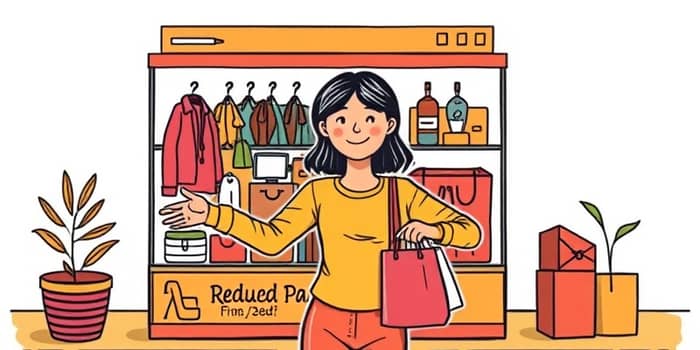
In a world of endless promotions and one-click checkouts, the ability to say no to unnecessary purchases is a transformative skill. By understanding the true cost of impulse spending and embracing mindful restraint, anyone can reclaim control of their finances and their life.
Unnecessary purchases aren’t just small indulgences—they add up to substantial losses. In fact, the average American spends $18,000 annually on nonessential items. Impulse buys alone cost a staggering $3,768 each year, while 79% of people admit to buying things they never use.
Beyond the purchase price, there are ongoing fees: the typical household pays $219 per month on underused subscriptions and $1,000 in credit card interest and fees annually.
These numbers aren’t just statistics—they represent missed opportunities to save, invest, and live with less stress.
At the heart of overspending lies the allure of instant gratification. Marketing techniques, social pressure, and emotional triggers push us toward purchases we don’t need.
Resisting these impulses requires awareness: recognizing when a craving is driven by feeling rather than necessity.
Saying no to unnecessary purchases unlocks a host of advantages:
By redirecting funds toward priorities—whether it’s a retirement fund or a dream vacation—you foster financial discipline as a muscle that strengthens over time.
Practical techniques can turn restraint into habit. Try these proven methods:
Couple these tactics with clear goals—whether debt-free living or a new home deposit—and every “no” brings you one step closer to victory.
Beyond financial gains, saying no reduces waste. Americans discard over 81 pounds of clothing per person each year, much of it unworn. Choosing less supports minimalism, lowers environmental impact, and cultivates gratitude for what you have.
On an emotional level, resisting impulses diminishes guilt and regret. Instead of crying over overspending, you celebrate milestones: a growing savings balance, a decluttered home, and a calmer mind.
Transforming spending habits takes time. Start by setting small, achievable targets like skipping one impulse buy per week. Celebrate each success and reflect on what you’ve learned.
Share your journey with friends or a partner—accountability amplifies progress. Over weeks and months, you’ll notice not only fatter savings but also heightened confidence in your decision-making.
Every time you say no to a frivolous purchase, you reclaim choice and purpose. You turn marketing noise into mindful action, swapping temporary satisfaction for genuine progress.
Embrace the challenge. Let each small refusal become a stepping stone toward financial freedom, environmental stewardship, and emotional peace. When you master the art of saying no, you unlock a life of intentional abundance.
References













